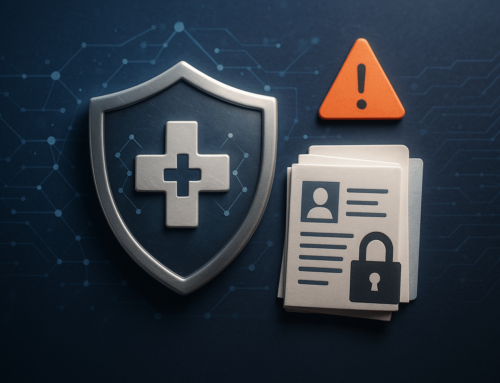
It’s that time of year when you should be preparing for your annual HIPAA security risk assessment. As the year comes to a close, the last thing you want to worry about is meeting the risk assessment deadline. So why delay the inevitable when you can avoid the end of year rush by completing your risk assessment now? Now that you’re ready to get started, learn more about risk assessments below.
Why is Your HIPAA Risk Security Assessment So Important?
While you may know that you are required to complete a HIPAA security risk assessment each year, you may not know why you are conducting one in the first place – besides complying with the law. Conducting an annual HIPAA security risk assessment (SRA) is an important part of meeting HIPAA requirements but an SRA also benefits your business in other ways. The purpose of conducting an SRA is to identify weaknesses in your current safeguards that create vulnerabilities to your patients’ data. The more quickly you address deficiencies in your security practices, the better prepared your business will be to prevent, identify, and respond to potential breaches.
Breaches can be crippling to businesses, especially when you don’t have a tested incident response plan in place. There are many costs associated with breaches including contracting a third-party forensic firm to investigate the breach, notifying patients, providing identity theft protection for affected patients, implementing remediation efforts to address deficiencies that caused the breach, and paying HIPAA fines when your compliance plan is found lacking.
When businesses conduct an accurate and thorough risk assessment, they can prepare themselves against potential threats and can more quickly identify and respond to threats, thus minimizing the scope and costs associated with a breach.
How to Conduct an SRA
There are six steps to conducting an accurate a thorough risk assessment:
- Collecting Data
- Identifying and Documenting Potential Threats and Vulnerabilities
- Assessing Current Security Measures
- Determining the Likelihood of Threat Occurrence
- Determining the Potential Impact of Threat Occurrence
- Determining the Level of Risk
How to Address Your Deficiencies
By completing your annual risk assessment, you identify gaps and deficiencies in your HIPAA safeguards. Since HIPAA requires you to ensure the confidentiality, integrity, and availability of protected health information (PHI), you must create remediation plans to address the risks and vulnerabilities to PHI that were uncovered by completing your SRA.
Everything you did to conduct your risk assessment will help you when drafting your remediation plans. For instance, by documenting potential threats and vulnerabilities, determining the likelihood and impact of threat occurrence, and determining the level of risk posed by the vulnerability, you can prioritize which deficiencies should be addressed first. To meet HIPAA requirements, remediation plans must be documented and include how you plan to address deficiencies, and timelines for implementing remediation.










